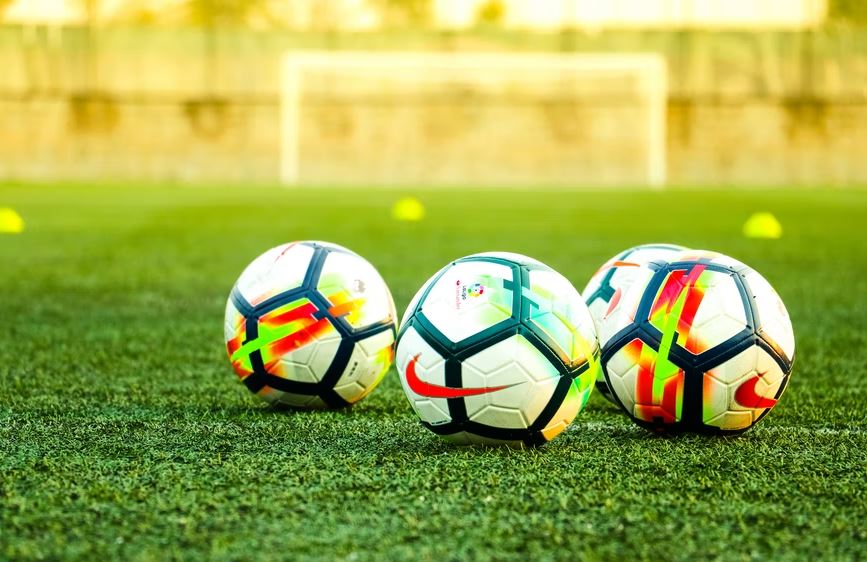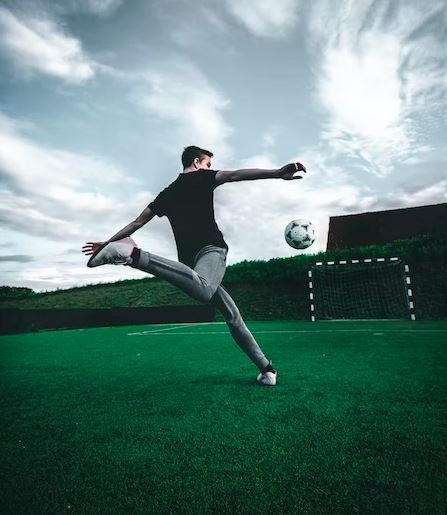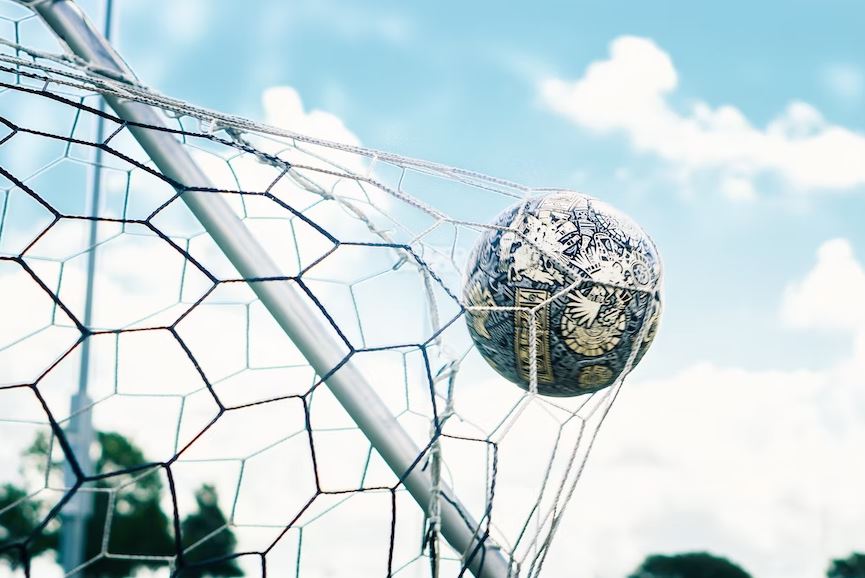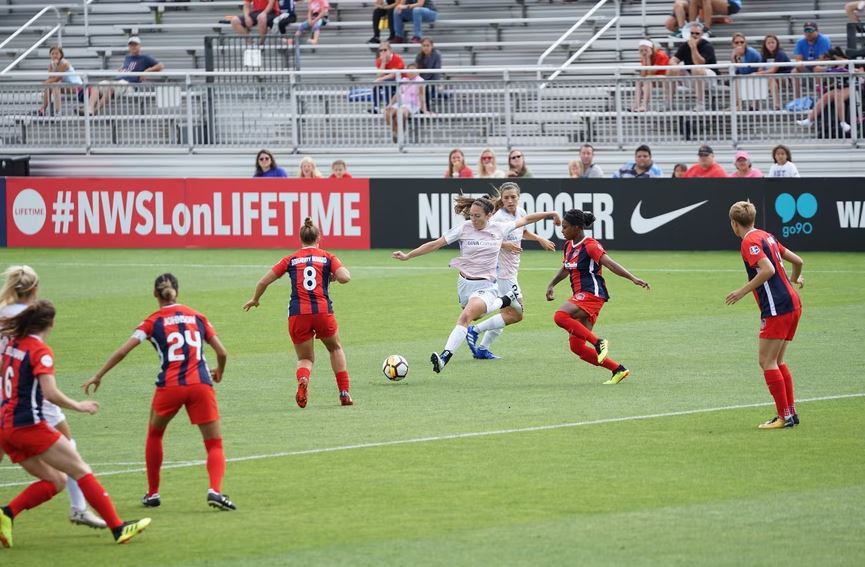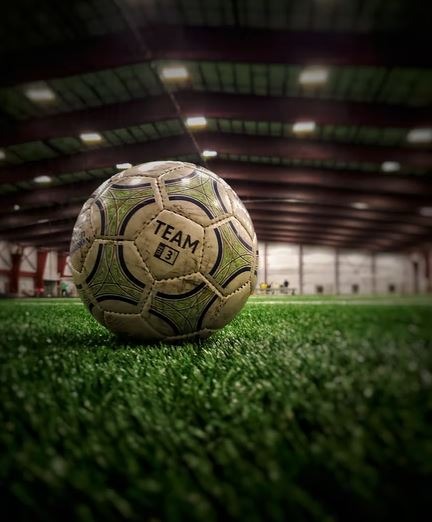Having the right soccer ball to play with is extremely important. There are different kinds of balls made to be played on different types of fields. They have different materials and different levels of elasticity to ensure that it is not too hard or soft on a particular surface.
Six different kinds of soccer balls are made for different situations. The first balls that were invested were made using completely natural materials. These included pig bladders, which manufacturers put inside leather covers.
However, in modern times, the method of making soccer balls has been refined. Now, engineers use rubber or plastic bladders with plastic covers, which have proven to be much more effective.
According to the rules of association soccer balls, the ball used to play soccer matches should be an air-filled sphere that has a circumference of 68cm to 70cm. Furthermore, it should weigh 410g to 450g and have a pressure of 0.6 atmospheres to 1.1 atmospheres.
Considering these specifications, the older balls made using pigs’ bladders, and leather covers were heavy. They did not adhere to the guidelines as it got significantly harder to play during wet weather due to their materials.
Most association soccer ballss are not made using waterproof leather or plastic. They use 32 panels of 12 regular pentagons and 20 regular hexagons. The panel configuration is that of a spherical polyhedron.
The spherical shape of the soccer ball arises due to the bulge from the pressure of the air inside. These 32 panel balls were marketed in the 1950s in Denmark, from where they gained popularity and became commonly used throughout Continental Europe in the 1960s. It officially became the World Cup Ball in the 1970s.
Different Kinds of Soccer Balls
Different kinds of soccer balls are designed to be suitable for various versions of soccer. Thus, picking the right soccer ball to play with is extremely important. Before you play with a certain kind of soccer ball, you must look through an in-depth guide so that you are able to choose the soccer ball that will meet your needs the best.
Furthermore, you should also look into the different sizes, quality, and usability of soccer balls so that you choose one that meets your need the best.
Soccer balls now are not as simple as they once were. Even though they may all seem like classic black and white balls with 32 panels, they are pretty different in their purpose, texture, material, and size.
Soccer balls are classified based on the soccer version, match type, and playing ground, you are playing on. Here are the main categories of soccer balls..
Professional or Premium Soccer Balls
Professional or Premium soccer balls are the best kind of soccer balls available on the market. They are used for all international tournaments such as the FIFA World Cup, Euro Cup, Copa America, and all other professional leagues, including the English and European Premier League.
The premium soccer balls are specially engineered to ensure they are up to the mark, and each bears a FIFA Quality mark. This mark indicates that the balls have achieved a maximum quality standard. To check if they are up to the sport, their circumference, size, weight, shape, insurance, bounce, water absorption, etc., are reviewed.
For quality assurance, each ball produced is checked to ensure that it responds in the exact same way when it is struck. Therefore, whether someone strikes it for the first time or after 90 minutes of a soccer match, it should react similarly to a strike.
It would be unfair to both the players and spectators if it does not. Furthermore, it would come down to the ball the soccer players are using and not the talent and abilities of the player.
FIFA runs its balls through a FIFA Quality program for soccer ballss, which is a test program for outdoor, futsal, and beach soccer balls. To ensure the customers that their balls are of the best quality, they can enter into a licensing agreement and use the FIFA Quality Pro and FIFA Quality marks on their soccer ballss. These companies have to pass the rigorous testing process beforehand.
There are many advantages of using professional or premium soccer balls. They are of the highest quality and use the best material. Furthermore, they are also designed with the ability to react in the exact same way when struck, which brings uniformity to the match.
However, since the FIFA quality assurance process is so vigorous, very few manufacturers pass their checks. Thus, there is a fewer number of professional or premium soccer balls available on the market. They are also extremely expensive.
Match Soccer Balls
Match soccer balls are cheaper than professional soccer balls but still quite expensive. They are high-end FIFA-approved soccer balls that can be used for official matches. Their construction is quite unique as they are made using material geared toward high performance, but they are not usually long-lasting.
Match soccer balls are often hand stitched and use a thick layer of foam that is added under the PU cover providing the player with added protection. Therefore, these balls are excellent when it comes to shooting, passing, and receiving.
The players are entirely in control of match soccer balls and have control over every touch of the ball. Furthermore, it has the best possible flight among all the different kinds of balls. The soccer ball can bend, dip or rise through the air when struck, and it depends only on how the player hits it.
Advantages of using a match soccer ball include the high quality and the high level of control that match soccer balls offer. It also has the best flight of all soccer balls.
However, they cannot be used for training as they are designed for grass conditions and are not long-lasting enough to be used on multi-purpose surfaces. They may require frequent inflation as their air retention is lesser than other kinds of balls.
Training or Practice Soccer Balls
Training or practice soccer balls are used for training and practice matches. Due to the intensity they are used with; they are made to be durable and long-lasting. These balls do not use the material that is used in premium soccer balls and do not have the same feel and finish, but they are much more durable.
The materials used to make these balls are medium or high quality, and the construction is long-wear using material that will be able to withstand heavy use over multiple months or years.
The design is often machine-stitched; the external cover is made of PU and has a thin foam layer. This foam may make the ball harder, and this is perfect to be used in drills and practice soccer matches for a considerable amount of time.
The hardness of training balls also makes them perfect to be used on a variety of different surfaces. You can easily use them on wet or dry grass, Astro, tarmac, cement, indoors, snow, grit, etc. Training soccer balls are also perfect to be used in any weather condition as well.
Some disadvantage of training or practicing soccer balls is the low-quality finish. Training soccer balls are not as high quality as premium soccer balls, and their material, feel and finish are simply not as satisfying as premium or even match soccer ballss.
Turf Soccer Balls
Turf soccer balls were designed to be used on Artificial Grass soccer pitches that have become more and more common over the years. Artificial grass soccer pitches, turf surfaces, and synthetic carpets are much rougher than grass fields due to the plastic grass blades and other synthetic materials used to make these balls.
Due to the abrasive pitches, soccer balls must have a tough casting to protect their ball from rough surfaces. Furthermore, these balls are excellent in terms of passing and bouncing on turf surfaces and cannot be used on traditional grass pitches.
With their excellent bounce on artificial surfaces, turf soccer balls can withstand wear and tear as they have tough outer shells that protect the ball well. They are also less expensive compared to outdoor soccer balls.
Disadvantages of turf soccer balls include the limited surfaces you can use them on. They are designed to be played on turf and abrasive surfaces and would be extremely bouncy on standard surfaces.
Indoor Soccer Balls
Indoor soccer balls are very specifically designed, and they have a soft outer shell that restricts overly bouncy movements. Therefore, it has a felt-type outer cover that helps dampen the bounce and rebound that such balls may face on indoor arena balls.
The main difference between regular outdoor balls and indoor balls lies in the outer material of the soccer balls. Indoor balls have a soft shell cover and cushioning, which makes them specific to be played indoors.
Due to their soft nature, they are perfect to be used on hard surfaces like basketball courts and artificial turf.
The advantage of using indoor soccer balls is that it is not too bouncy, which can be an issue when playing indoors. Furthermore, it performs perfectly on rough surfaces and has the endurance to withstand them.
However, indoor soccer balls do not have a high level of control, which can make playing more difficult than outdoor soccer balls.
Futsal Balls
Futsal balls are size four soccer balls, which are lightweight and smaller than other kinds of balls. They are much softer and designed to have less bounce on harder courts, which makes them perfect for the game.
Futsal balls are often made using foam inside the bladder instead of air, which makes them slightly denser than ordinary outdoor balls. Futsal focuses on individual skill, dynamic touches, and control, therefore requiring a different kind of ball.
Thus, these balls have a low bounce and are much more stable, making them more accessible for the players to control. The ball’s casing is also soft but not entirely felt like that of indoor balls.
However, there are some disadvantages to futsal balls. As they are made of foam, they are much denser. Furthermore, they are quite small, which may make them challenging to play with for some players.
Conclusion
Having the correct kind of ball to play soccer with is of extreme importance. Although the different types of soccer balls may seem similar, there are little differences that completely change how the ball reacts and how you play with the ball.
Therefore, before you choose a ball to play with, ensure that the ball will be able to withstand the surface you are playing on and the frequency with which it will be used.

